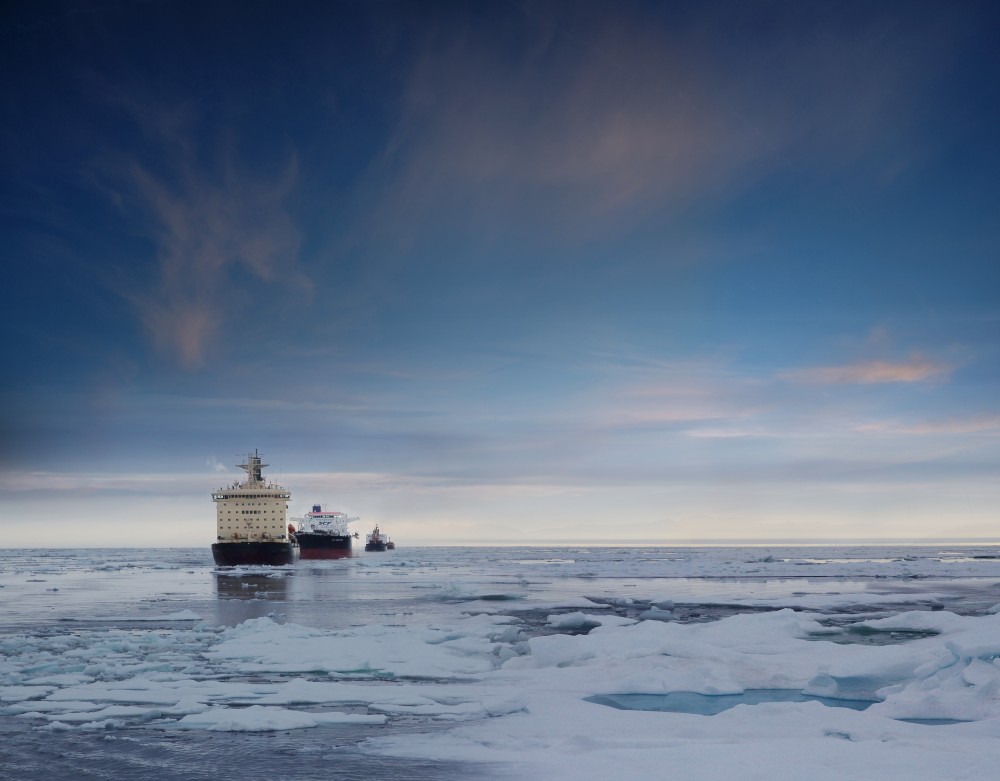Despite potential, shipments from Europe to Asia transiting the Northern Sea Route remain rare

Russia is building new Arctic infrastructure and bases, and promotes the Arctic shipping route as an upcoming alternative to the Suez Canal. But there is still a long way to go before shipping companies start sending their cargo between Asia and Europe along Russia’s Arctic coast.
In 2016, only 19 ships transited the route, data from the Northern Sea Route Administration show. The ships carried a total of 214,513 tons. That is more than in 2015, but far less than in 2012, when transit shipment amounted to 1.35 million tons. In 2015, goods volumes shipped transit along the route was only 40,000 tons.
The figures presented by the Center for High North Logistics show that 11 of the ships sailed from west to east, and that seven of them carried a Russian flag. Twelve of the shipments were made without icebreaker assistance.
[Northern Sea Route icebreaker escorts are up by 100 percent]
Eight of the ships were general cargo carriers, two of which shipped coal from Vancouver, Canada, to Raahe in Finland. One of the carriers shipped oil products, and there were two reefers, one of which transported frozen fish from Kamchatka to St. Petersburg and the other frozen meat from Tromsø, Norway, to Osaka, Japan.
There was one passenger ship, the Hanseatic, which in late August set out from Murmansk with course for Provideniya on Russia’s easternmost Arctic coast, with 126 passengers. The voyage lasted 14 days.
While trans-shipments between Europe and Asia remain limited, the Northern Sea Route in 2016 still saw a major hike.
A total of 7.265 million tons of goods was shipped to and from ports along the route, an increase of 35 percent from 2015. While about 3.1 million tons were delivered to regional ports, about 4.15 million tons were shipped out from the area, data from the Northern Sea Route Administration show.
Oil products accounted for 3.47 million tons, while coal made up 219,000 tons and gas condensate 114,000 tons. Dry cargo amounted to 3.4 million tons, Portnews reports.
The Northern Sea Route includes the waters between Novaya Zemlya and the Bering Strait. It is managed by the Northern Sea Route Administration in Moscow.